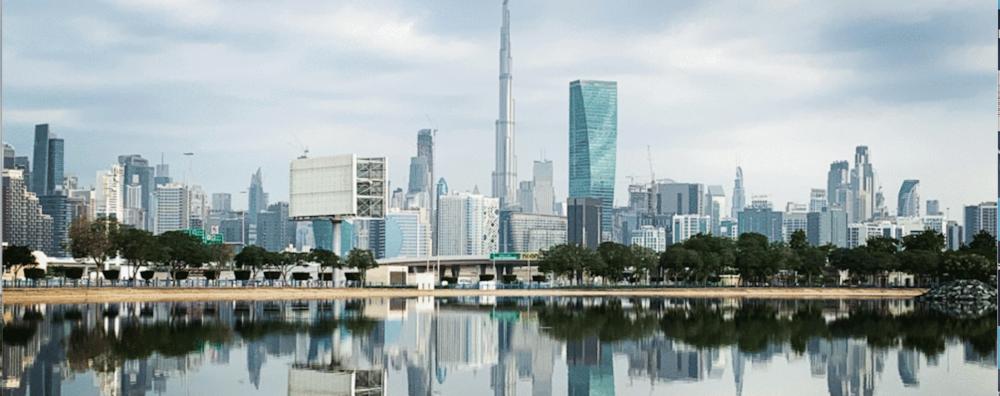Shaped like a teardrop in the Indian Ocean, Sri Lanka is a spell-binding island jewel offering wild beauty, elephants and white-sand beaches

Snake charmer: Mind the cobra
The sun was shining as the snake charmer showed my boys the contents of his wicker baskets. He picked up a snake – it was harmless, he said – and handed it to Son2. I could tell what my little one was thinking (“I can touch it!”), but I didn’t predict what would happen next. Son2 suddenly stepped backwards, tripped and landed on the (surprised) cobra’s basket.
If this moment jangled my nerves, the rest of my memories from our trip to Sri Lanka are stunning snapshots of a fascinating, laid-back country. From the fiery cuisine, heavily influenced by neighbouring India, to the tropical forests and 140+ species of frogs, the South East Asian island is an enthralling mix of history, culture and picture-perfect vistas.
We based ourselves in Colombo, a colourful city on the Indian Ocean, with streets choked with traffic, bustling markets, an excellent museum and colonial-style buildings, and, from there, took two day-trips to explore the lush countryside. On both days, we hired a driver, who navigated Sri Lanka’s mostly single-lane roads, narrowly missing the stray dogs that ran out in front of us. It takes a long time to get anywhere (unless you’re on one of the country’s new highways), but the payoff is worth it.

Golden sand: Nirvana for beach lovers like me
On day one, we headed south, along the busy coastal road, and discovered why Sri Lanka – which emerged from a 25-year civil war in 2009 – has been so successful at reinventing itself as a tourist destination. The beaches are, indeed, beautiful, and you don’t have to look far to find a sublime stretch of golden sand, lapped by waves and wafted by swaying palm trees.

Fishermen: Gathering to haul in their catch
With an itinerary to stick to, we watched a group of local fishermen haul in a giant net pulsating with their catch, then travelled on to one of the turtle hatcheries, where the children were allowed to gently handle two-day-old turtles.
Our next stop was the Madu Ganga river, a shallow wetland area with mangrove islets and a complex ecosystem (blue jellyfish, bats and baby crocodiles were among the wildlife the boys came face-to-face with).
Our river safari took in several islands, one the home to two small temples, and another named Cinnamon Island. From a distance, these islands look like overgrown bushes rising out of the river water, but close up, they’re intriguing patches of dense vegetation. We hushed the boys while admiring the Buddhist and Hindu shrines, and at Cinnamon Island were offered a fish pedicure as we clamboured off the boat. I declined the opportunity to have my dead skin nibbled off by the over-enthusiastic fish, but DH indulged, lasting all of five seconds before shaking his feet free.

Wetlands: Sri Lanka’s vegetation is so dense you can almost feel its impatience to grow
We were then guided a short way uphill to a mud hut, where a man showed us how cinnamon is made from what appeared to be a simple, wooden stick. The fragrant spice is a cure-all, according to the notice on the wall, and the smell of the oil I purchased will always remind me of Sri Lanka.
The last stop that day was the southern city of Galle, a well-known seaport from ancient times with a huge fort (a World Heritage Site with walls so solid they saved the historic old town from 2004’s devastating tsunami). A wedding was taking place within the fort and we stood for a few moments watching the smartly dressed guests and a cow-drawn wagon, filled with coconuts and decked out with pink-and-white wedding bunting.
Day two saw us heading inland to Sri Lanka’s jungly interior towards Kandy, sampling pineapple and nuts bought from road-side sellers along the way. High in the hills, the city of ancient kings is surrounded by banana and tea plantations, but, alas, Kandy wasn’t to be our final destination: we got as far as the famous elephant orphanage of Pinnewala, and with two young children to consider, the magnificent elephants stopped us in our tracks.

Elephant orphanage: The herd stomps down to the water to bathe and drink
Feeding time attracts crowds of tourists, but the boys will never forget giving a baby elephant a bottle of milk. We then walked down to the river and watched in awe as a large herd ambled right by us to take a bath. The children got the chance to wash an elephant’s grey, wrinkly hide, and later, at another nearby stop, we all climbed aboard for a ride. The elephants’ strength as we sat atop our jungle taxi, clinging onto each other, was astonishing, and shortly after dismounting, the boys were back in the water again, scrubbing their new friend clean.
We ended the day as I’d begun it – with tea, at a tea factory where we learnt how the tea leaves are processed. Next time, we’ll make it to Kandy to visit the Temple of the Tooth, one of Buddhism’s holiest shrines, but for now, our happy children meant one important thing: a happy holiday.

Jungle taxi: We didn’t have time to do the quintessential activities like whale-watching off the coast or leopard-spotting in a national park, but I’ll never forget this elephant ride and her mighty power

Baby elephant: I can’t resist including this photo – too darn cute
PS: Think your friends might like this too? I'd love you to share it. Thanks – you rock!
Like this:
Like Loading...









































